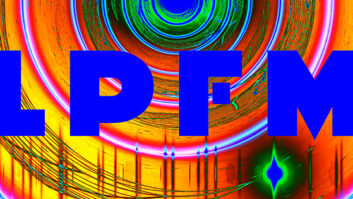This version has been updated to correct the math in the next-to-last paragraph.
NPR still believes the Federal Communications Commission can wait a couple of months until CPB-funded tests related to the effects of a digital power increase on mobile and indoor reception as well as on FM subcarriers are completed and the results tabulated with a September goal.
But the broadcaster did offer a compromise last week in public comments submitted to the FCC on the issue.
While an across-the-board increase would be arbitrary and fail to avoid new analog interference, it said, “If the commission deems it vitally necessary to authorize an interim power increase, then it should only authorize an increase that avoids additional adjacent analog interference, and adopt mileage-based power increases,” stated NPR.
The commission should consider distance separations and facility size in ways appropriate to the commercial and non-commercial band, the network believes. Its proposal for stations in the non-reserved band is based on minimum separation requirements according to station class.
The NPR proposal for the reserved FM band is adapted to contour protections:

- • Compute the F(50,50) 60 dBµ service contour of the protected station
- • For the first-adjacent IBOC proponent’s FM carrier, determine F(50,10) field strengths (FSI) at intersections with the service contour of the protected station
- • The allowable IBOC power, in dBc, is the maximum of: –(20 dBc – 60 dBu + (IBOC station maximum analog) FSI dBu + 6 dB)
This formula determines the IBOC transmission power above the standard –20 dBc level. For example, if 47 dBu is the highest field strength of the first-adjacent IBOC proponent station at any intersection with the protected station contour, then the allowable IBOC power is: –(20 – 60 + (47 + 6)) = –13 dBc (5.0%)
The only sure way to resolve interference concerns is to avoid interference in the first place as assurances that interference can be resolved on a case-by-case basis are likely to prove elusive and expensive to implement, NPR concludes.












